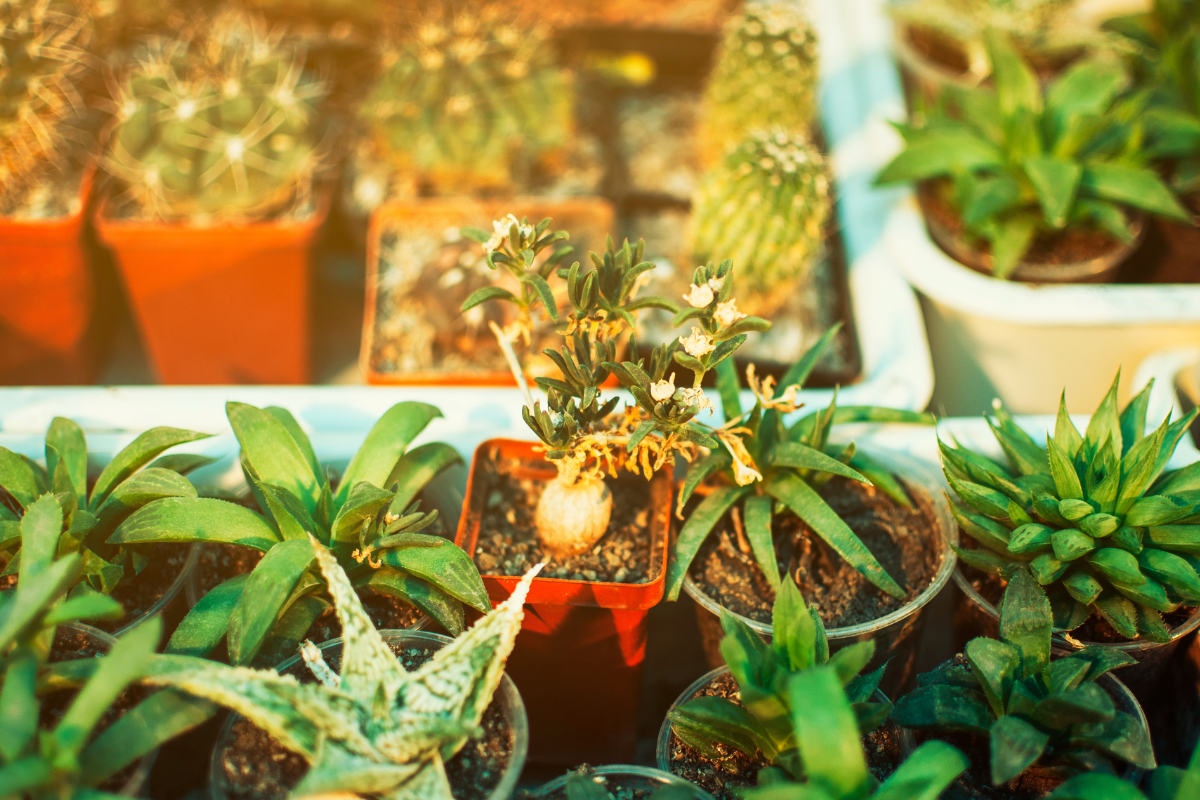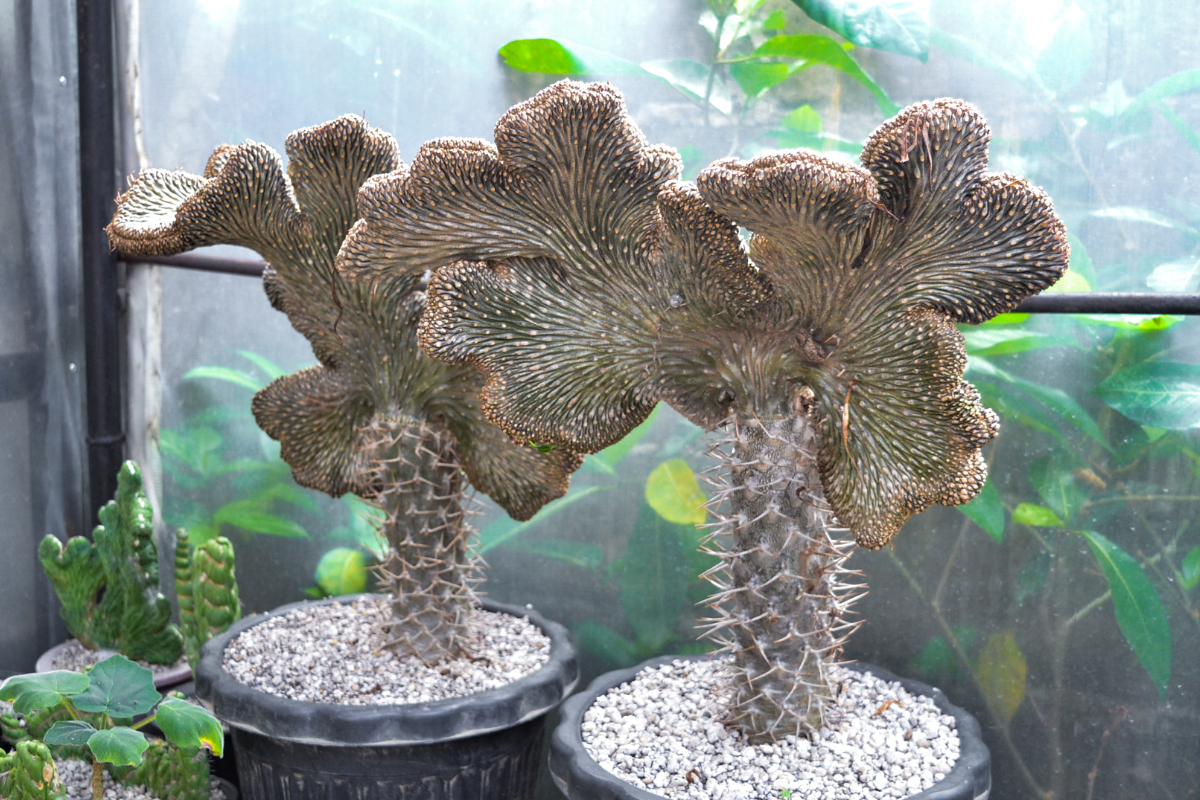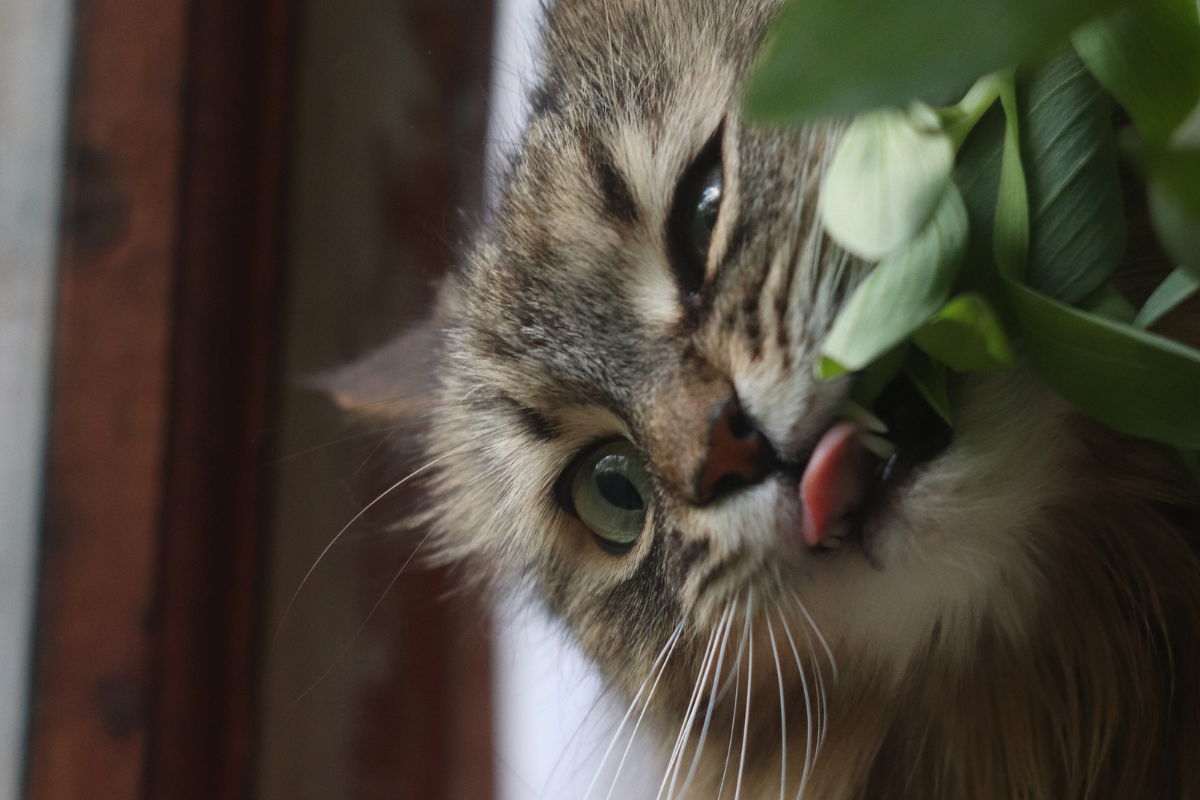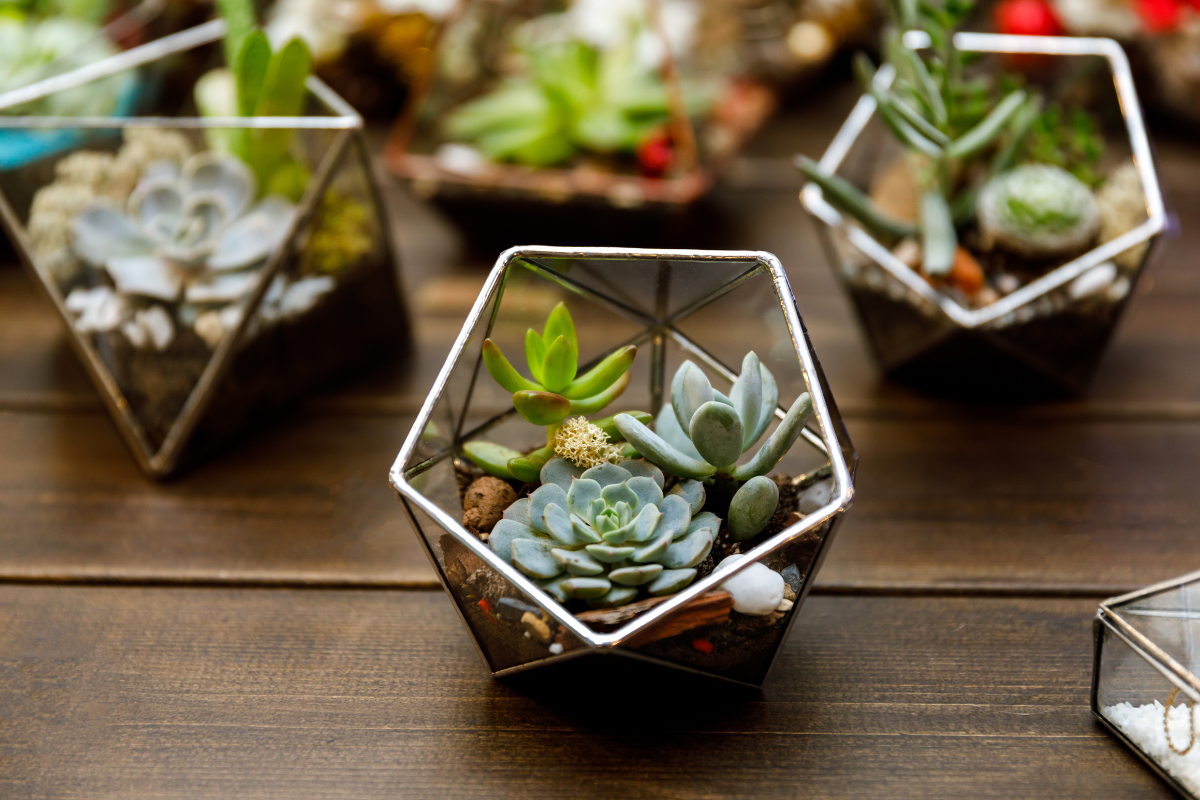Succulents are the perfect plants for those who want low-maintenance and drought-resistant options.
But, not all succulents can handle the scorching rays of full sun.
That’s why we’ve rounded up the best succulents for full sun.
Table of Contents
The best succulents for full sun
i) Mangave
Mangave is one of the best succulents for full sun. It is a hybrid of two different species (agave and manfreda), which gives it a unique and interesting look.
They are often used as ornamental or decorative plants for their unique look.
One thing to note about Magave is its size. It grows quite large compared to other succulents, so make sure you have enough space in your garden before planting it.
Additionally, Magave requires well-draining soil and minimal watering, making it an easy plant to care for.
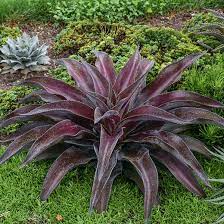
Another great feature of this succulent is its ability to change colors depending on the season or amount of sunlight it receives.
In the summer months, Magave will turn greener while in the winter months, it may have a purple tint.
Magave is an excellent choice for those looking for a hardy and beautiful succulent that thrives in full sun conditions.
ii) Bloodspot
Bloodspot is a stunning succulent that belongs to the family of Haworthia plants. Its unique name comes from its distinct feature of having bright red spots on its leaves.
The spots give it an eye-catching appearance. This plant can grow in full sun and can make a great addition to any garden or indoor space.
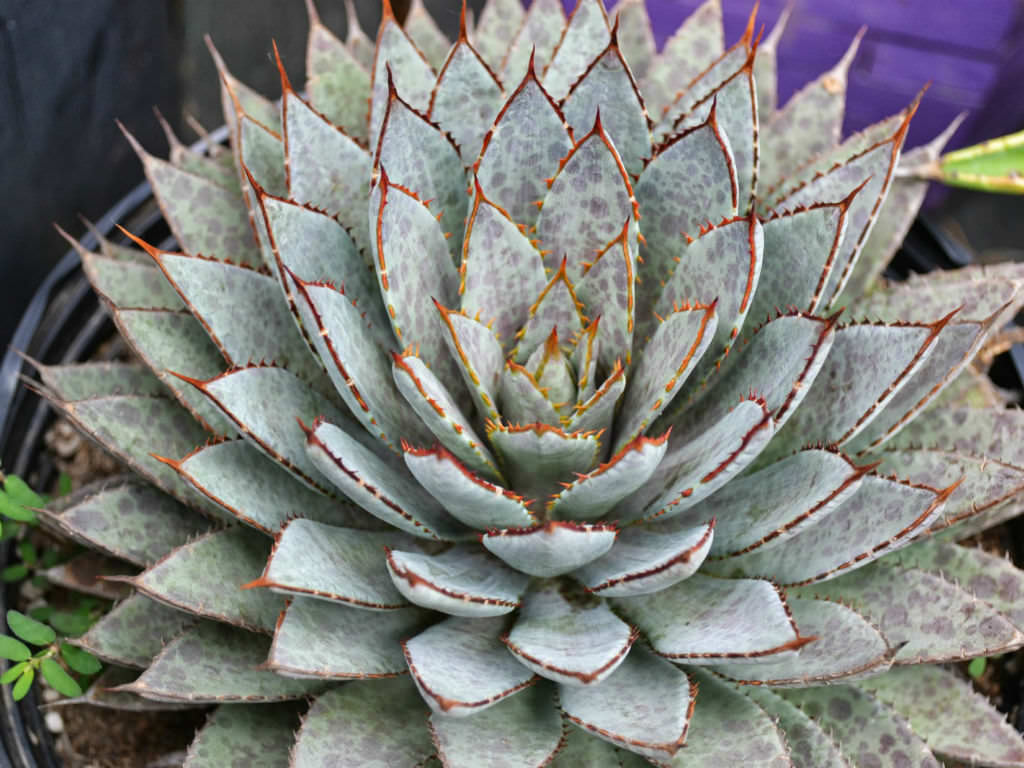
Bloodspot needs minimal maintenance and care. It needs well-draining soil and should be watered rarely, only when the soil has completely dried out. Overwatering can cause root rot
This succulent can grow up to 4 inches tall and produces small white flowers during the summer months. its distinct green leaves and red spots make this plant stand out from the rest.
It was once used by indigenous people for medicinal purposes. Especially for treating digestive problems and reducing inflammation.
It is a beautiful yet low-maintenance plant that deserves attention in any garden or indoor space.
iii) Red Wing
Red Wing is a beautiful plant that has bright red and green leaves. The leaves are thick and fleshy, which helps them retain water during dry periods.
One of the best things about the Red Wing is that it’s easy to care for. It doesn’t need much watering. But you should make sure not to overwater this plant.
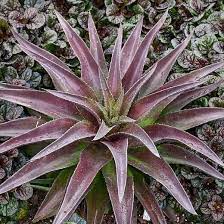
Its bright colors and unique shape make it stand out from other succulents and plants.
This plant does well both indoors and outdoors as long as they receive enough sunlight. A sunny windowsill or outdoor patio would be the perfect location.
iv) Silver Fox
Silver Fox is a stunning succulent that grows well in full sun and well-draining soil. This plant has beautiful silvery-blue leaves with delicate white hairs.
The leaves grow in compact rosettes which can reach up to 6 inches in diameter.
This succulent is native to Mexico and is found growing at high heights where it can tolerate extreme temperature conditions. It is an incredibly hardy plant that can withstand drought
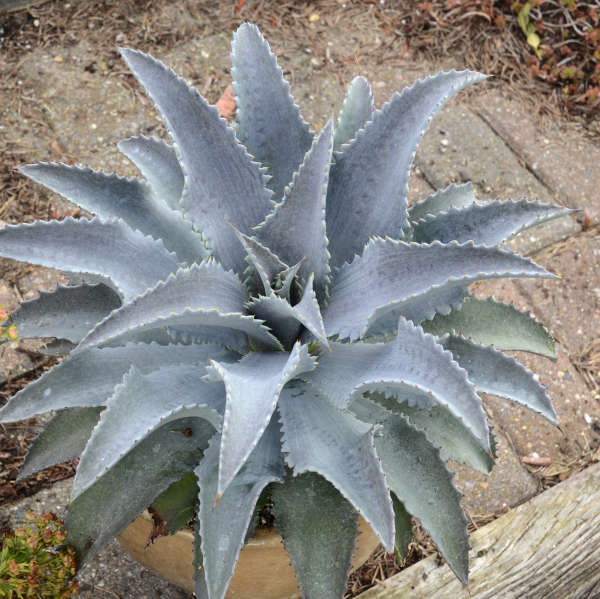
One of the best things about this succulent is its adaptability – it can be grown indoors or outdoors as long as it receives enough sunlight.
It’s the perfect succulent for rock gardens or container planting, making it a great addition to any collection.
Allow the soil to dry out completely before watering again, usually every two weeks during the growing season.
v) Whale Tongue Agave
Whale Tongue Agave is a striking succulent that originates from Mexico. This plant is referred to as “Whale’s Tongue” due to its large leaves that resemble the shape of a whale’s tongue.
One thing that makes Whale Tongue Agave stand out among other succulents is its size. This plant can grow up to 6 feet wide and tall, making it an excellent choice for creating drama in your garden.
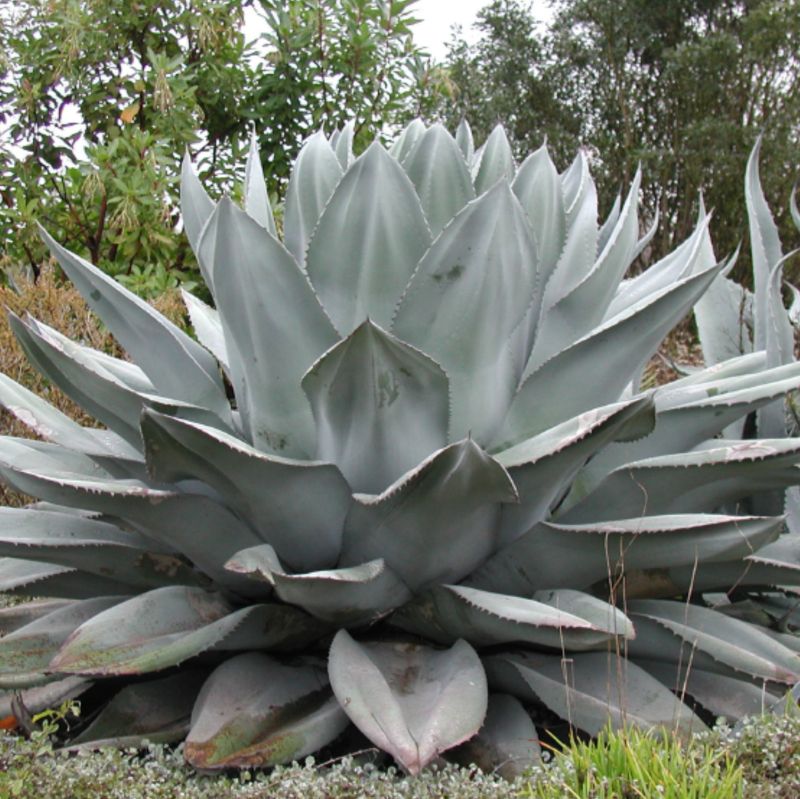
Another unique feature of this succulent is its blue-gray foliage that forms rosettes.
These leaves are thick and fleshy, which helps the plant retain water during periods of drought
When planting Whale Tongue Agave, it’s essential to choose a well-draining soil mix and place the plant in full sun exposure.
This will ensure optimal growth and help prevent issues such as root rot or leaf burn.
vi) Plush Plant
Plush Plant is a succulent that belongs to the Echeveria genus. As its name suggests, this plant’s leaves are extremely soft and plushy. it is a popular choice among garden enthusiasts.
One of the special features of the Plush Plant is its rosette-shaped leaves. The leaves can grow in colors such as blue-green, pink, red, or purple.
Its thick stems can reach up to 12 inches tall with clusters of small flowers blooming on top.
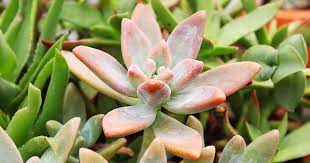
Also to its attraction, one reason for the plant’s popularity is its ease of care. It requires full sun exposure in well-drained soil and minimal watering during the summer months.
Plush Plants make excellent additions to rock gardens or as border plants due to their compact size and low maintenance needs.
They also thrive when planted alongside other succulents like Sedum or Graptopetalum.
If you’re looking for a unique yet easy-to-care-for succulent option for your full-sun garden space, Plush Plant may be a perfect pick!
vii) Ball Cactus
Ball cactus is native to Mexico and have adapted to survive the hot desert climate. They are excellent additions to any garden or indoor collection since they don’t need much maintenance.
The ball cactus has a unique spherical shape that resembles a ball. Its green stem is covered with small bumps.
The bumps sprout spines ranging from white to yellowish-brown depending on the variety.
The plant’s flowers come in various colors like red, orange, or pink, and can bloom for weeks at a time.
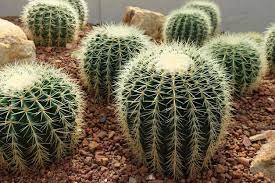
One fascinating fact about the ball cactus is its ability to store water within its internal tissues.
They prefer well-draining soil mixed with sand or perlite. Occasional fertilization during their growing season (spring-summer) is enough.
It’s essential not only for healthy growth but also blooming performance.
viii) Pig’s Ears
Pig’s Ears is a beautiful succulent that thrives in full sun. It is native to South Africa and has become popular for its appearance and low maintenance.
This succulent gets its name from the shape of its leaves. Its leaves are round and fleshy like a pig’s ear.
The leaves have a pale green color on top with a slightly red hue on the edges.
Pig’s Ears can grow up to 2 feet tall if planted in well-draining soil and given enough sunlight.
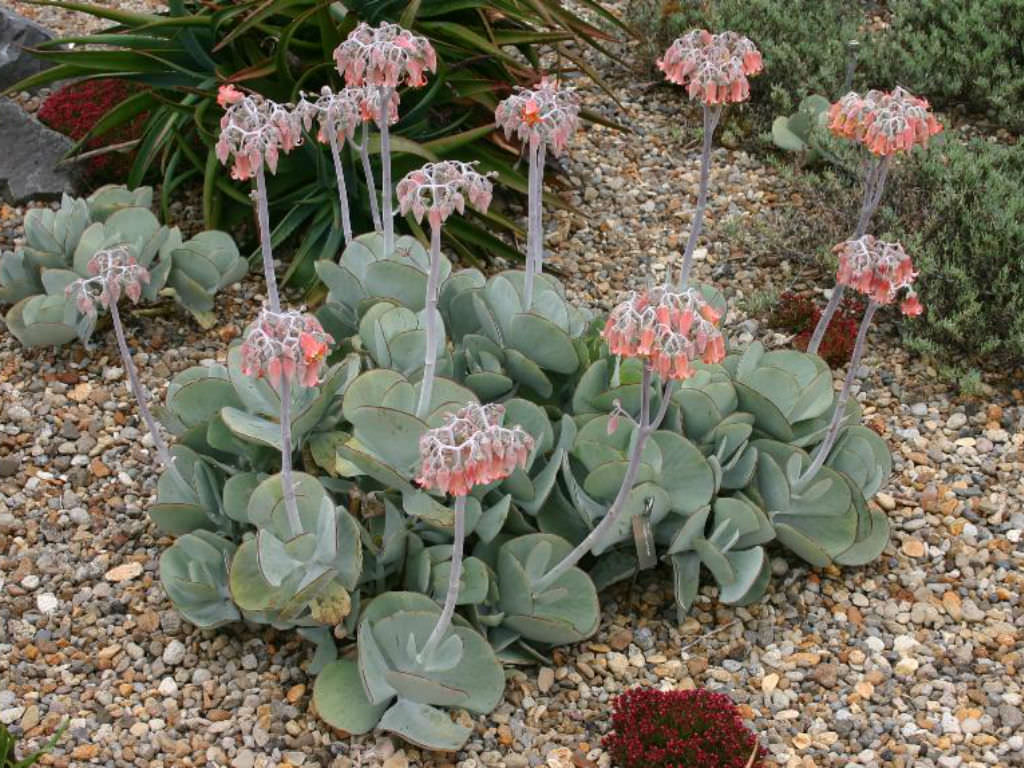
One of the fascinating things about Pig’s Ears is that it produces beautiful flowers during late winter or early spring.
The flowers grow on long stems above the foliage and come in shades of pink, orange, yellow, or red.
This plant needs protection from frost, especially during winter months.
ix) Torch Plant
Torch Plant, also known as Aloe aristata or Lace Aloe, is a succulent that can be grown both indoors and outdoors.
It has a rosette shape with fleshy green leaves that feature white spots on the upper surface.
Its edges are lined with tiny white teeth that add to its unique appearance.
During summer, this plant produces bright orange-red flowers on tall spikes which make it even more attractive.
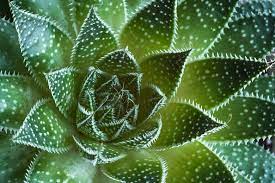
It requires well-draining soil and infrequent watering. But it can tolerate long periods of drought without any issues.
Torch Plant offers several health benefits such as wound healing properties.
x) Dudleya
Dudleya, also known as the “Live Forever” plant, is a popular succulent that thrives in full sun. It is native to California, Mexico, and other parts of North America.
This plant comes in a variety of sizes and colors.
It has rosette-shaped leaves which can range from blue-grey to greenish-yellow depending on the species. The leaves are covered with a waxy coating.
The coat helps protect them from harsh sunlight and retain moisture.
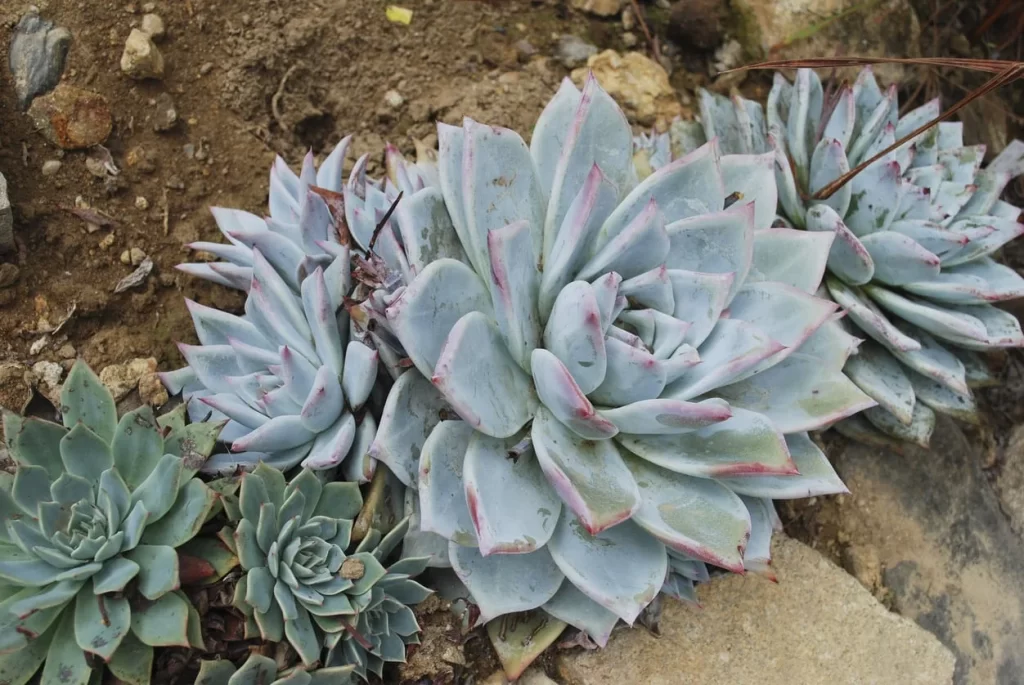
Another interesting characteristic of Dudleya is its ability to go dormant during dry periods. This means that it can survive long periods without water by conserving its resources until conditions improve.
Despite their hardy nature, they are vulnerable to overwatering and pests like snails and slugs.
How much sun do succulents need?
Succulents generally can tolerate a wide range of light, from bright sun to partial shade.
But, not all succulent species have the same requirements when it comes to sunlight.
Most succulents need at least 6 hours of direct sunlight per day to grow well and maintain their colors.
If you’re growing succulents indoors or in areas with low light, provide them with artificial lighting.
LED grow lights can be an excellent solution for increasing your plants’ light needs. It also prevents them from becoming leggy or discolored.
But, exposing your succulents to too much direct sunlight can cause sunburns and damage their leaves.
If you notice brown spots or discoloration on your plant’s foliage, move it to a shadier spot immediately.
To determine how much sun exposure is optimal for your succulent, do some research or consult gardening experts in your area.
Each plant is unique and may need different care depending on its species and environmental conditions
How to care for succulents in full sun
Succulents can handle full sun, but they still need some care and attention to maintain their health.
Here are a few tips on how to care for succulents in full sun:
- Watering: Succulents store water in their leaves, so they can go long periods without water. But, when planting succulents in full sun, it’s important to ensure that the soil is moist enough to keep them hydrated.
- Soil: Succulent plants prefer well-draining soil that allows excess water to drain away. When planting succulents in full sun, mix sand or gravel into the potting soil mixture for better drainage.
- Fertilizing: Too much fertilizer can be harmful to succulents, especially those growing in full sun. Only fertilize once every two months during the active growing season (spring and summer).
- Pests and Diseases: Keep an eye out for common pests like spider mites and mealybugs. These pests may attack your plant and can cause diseases.
- Established Roots: Before exposing your plants to full and direct sun, make sure that your plants have established roots to hold the soil. If your plants are tiny and growing, keep them indoors until they have produced roots. Expose them to sunlight only after the roots are well formed.
- Potting: When potting your succulents always prefer terracotta pots. Also, use small pots to make sure the water drains fast. This helps you regulate the watering frequency.
Following these simple steps help your succulent grow better and healthy.
After going through the best succulents for full sun, it is clear that these plants are not only beautiful but also tolerant of sunlight.
It’s important to note that some succulents may need different growing conditions. Always make sure to research the specific needs of each plant before planting it.
Adding these beautiful succulents to your garden will undoubtedly add a touch of beauty and elegance.
So go ahead and choose one or more of these fantastic succulent varieties. And what did you choose? Let’s know in the comments!
